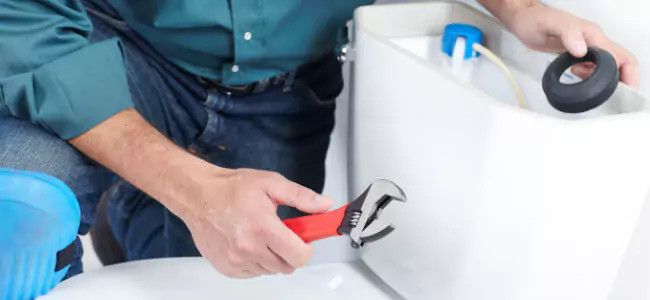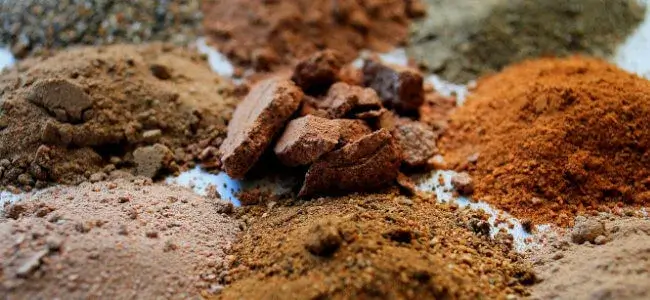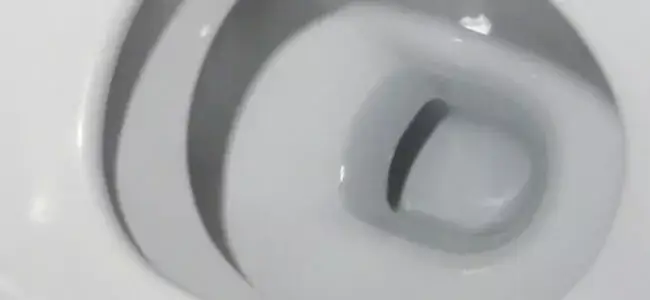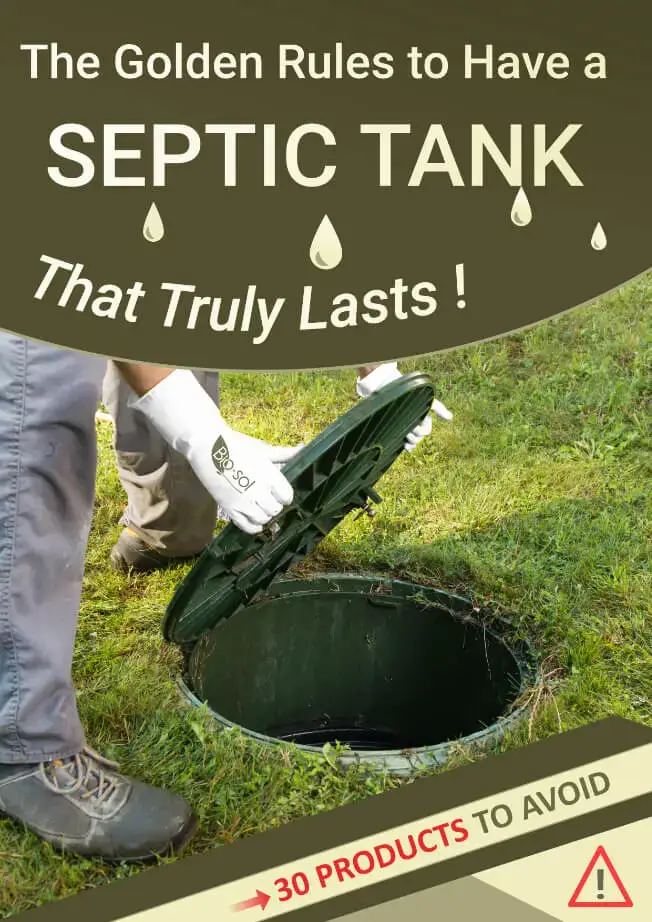10 common toilet problems and how to fix them without a plumber

TABLE OF CONTENTS
There are lots of toilet problems that should be left to the pros. However, not every problem needs a plumber. In fact, some of the modern toilets come with user manuals which homeowners can refer to when they encounter a problem. In this guide, we will go through some of the common toilet problems and tips on how you can solve them without hiring a plumber.
Clogged toilet
A clog or a partial clog will block water from flushing down as it should. If you have small kids in the house, there is a chance they might have tried to flush toys or other objects in the toilet. Flushing of paper towels, sanitary pads, wipes and generally anything else that is not biodegradable can result in clogged toilets. As a rule of thumb, avoid flushing anything that is not feces or tissue paper even if it has been marked “flushable.” Dispose of such items with other trash.
Solution:
Toilet clogs are usually not too far down the drain and can, therefore, be unclogged with a plunger. If the object that is causing the clog is lodged in the siphon, you can use a flange plunger to get it out. Make sure to get a good-sized plunger in order to reduce splashing and also to get lots of suction.
Toilet Leaks
Your toilet tank holds water which is released to the bowl when flushed. Sometimes, this water can leak into the water bowl and this extra water just goes down the drain. Because such leaks are hard to detect, you might end up wasting gallons of water every year without even realizing it. An easy hack to confirm if your toilet is leaking back into the bowl is to put some little food color in the tank. if the water is leaking, you will see the color in the water that is in the bowl. Apart from water leaking back into the bowl, it is also possible for it to overflow through the overflow tube. When the tank is functioning properly, the water level should be at least half an inch away from the overflow tube. Water flowing through the overflow tank usually means the fill valve has malfunctioned.
Solution:
There are a number of possible causes of the water leaks in your toilet. The most common cause is a flapper that is not settled tightly into the valve seat. Another cause might be a cracked valve seat or a failed gasket. Tighten the flapper or replace the failed gasket and the leak should stop. If the leak is via the overflow tube, check to make sure the valve is screwed firmly into place. Water overflowing from the tank usually means that the valve is not tight enough to block the entrance of more water once the tank is full.
Toilet does not fill/ bowl water level drop
When your toilet is functioning well, the water level in the toilet bowl is determined by the height of the outlet of the internal p-trap. If the water level in the bowl goes too high, it is an indication that the toilet is clogged. However, if the water levels go too low in the bowl, there are four possible reasons. These are:
Damaged fill tube
A fill tube is a plastic hose that is responsible for sending water back into the toilet tank after it has been flushed. The tube connects to the overflow tube and over time, it can unclip from it due to wear and tear. If this happens, the tank fills with water quickly thereby making the valve shut off the flow of water even before it has a chance to fill adequately.
Cracked toilet bowl
Cracked toilet bowls are quite rare but they still happen. If you see water on the floor and you know it’s not because someone “missed his target,” it is highly likely that you have a cracked bowl. If you have a cracked bowl, the water levels in the toilet bowl will be lower than usual. Apart from the increased water bills, allowing water to seep onto the floor can result in serious structural damages. Toilet bowls are made from porcelain and it is not possible to repair them so you may need to replace the entire unit and you will need a plumber for this.
Faulty vent
A sewer vent line that runs through the walls of your bathroom and onto the roof of your house is a very important part of the plumbing system. A free flow of air in the vent helps to ensure the pressure is regulated in the plumbing system. This helps to ensure a smooth flow of water in the pipes. If the vent line has an issue, it might cause low water levels in the toilet bowl.
Damaged fill valve
The fill valve is the component that ensures the water tank of your toilet gets refilled with water after a flush. If your fill valve gets worn out or gets out of alignment, it might cause many problems including affecting the water level in your toilet bowl.
Solutions:
- Lift your tank lid and visually inspect to determine if your fill tube is damaged or has shifted. If it is damaged, replace it but if it is still in good condition, just reaffix it.
- If you have a cracked toilet bowl, get in touch with a plumber for assistance in replacing it.
- Use a plumbing snake to clean and dislodge any debris that might be blocking the plumbing vent.
- Inspect your fill valve to ensure it is seating properly in place and check to see if it has been damaged in any way. If damaged, replace it with another valve which you can buy from a home improvement store.
Whistling tank on flushing
Even though the sound of water traveling through the pipes is normal, a whistling and loud toilet is not normal and it is a sign of a faulty toilet tank fill valve. As the valve ages over time, it deteriorates and this is the main cause of the whistling sound in toilets. This problem will cost you just more than your peace and quiet. A faulty valve always leads to an increase in water usage so your water bill will also be higher.
Solution:
As we have seen, the main reason for the whistling sound is a dilapidated tank fill valve. Replace the tank fill valve with a new one and that should fix the problem.
Sluggish flush
The main reason for sluggish toilets and drains is a blocked leachfield. Obviously, this is only the case for homes that use septic systems. A blocked leachfield will not allow water to percolate as it is meant to. As a consequence, the drains and the toilet will become sluggish. But it is also possible to have sluggish drains even if you do not have a septic system. For instance, your toilet might be clogged or your tank might not have enough water that is needed to create a successful flush.
Solutions:
- If you have a septic system, clean your leachfield by using Bio-Sol’s shock treatment product. Afterward, use the keepup product to keep your septic system healthy to avoid the same problem recurring.
- If your drains are working just fine but your toilet is flushing sluggishly, then the toilet might be clogged with some debris that was flushed in the toilet. Use a plunger to unclog it. As a rule of thumb, avoid flushing anything that is not feces or tissue in the toilet.
Toilet rocks to and fro
A toilet should remain anchored securely on the floor. If your toilet gets wobbly, attend to it immediately even if there are no leakages. Toilets usually start to rock to and fro when they are not resting properly against the floor. There is a toilet flange that connects your toilet to the drain pipe and if this flange is slightly higher than the floor, the toilet might become raised and this will cause it to wobble. Sometimes, this problem can develop over time as the floor settles or when the caulk hardens.
Solution:
- Sometimes, the flange bolts are loose and tightening them will help to keep the toilet stationed in one position. Tighten the bolts without making them too tight because they could also break the toilet thereby causing even more damage.
- Shimming the toilet under its base is another DIY solution to this problem. Examine the gaps and insert shims in between the floor and the toilet. Test and try different shim sizes and test at different locations until the shims fit perfectly.
Toilet refills on its own
Sometimes, you might hear your toilet making refilling sounds even though you haven’t flushed it. This problem is sometimes referred to as ghost flushing because a refill sound usually means the toilet has lost water either internally or externally. This could happen intermittently throughout the day. If you cannot see any water on the floor or the exterior of the toilet, then you have an internal leak. Water from an external leak should be visible on the floor.
Solutions:
- Check the refill tube to ensure it is installed correctly. If it is inserted too far into your overflow pipe, remove it and reinstall it to outside of the overflow pipe. This helps to ensure it doesn’t enter the overflow pipe and will, therefore, help to prevent an internal leak
- Check the flapper for any visible damage. If the flapper is damaged, replace it with a new one
- If the first two steps do not solve the problem, you will have to replace the entire flush.
Sweaty toilet problem
If you live in a region that has high humidity in summer, you will probably experience the problem of sweaty toilets. This is especially so if the aircon is not installed or not working properly. Condensation will form on the outside of your toilet tank and then it will start dripping down to the floor. If it goes unchecked, a sweaty toilet problem will not only cause a mess in your bathroom but it could damage your floor over time. Wet floors are also a hazard. Bathrooms have lots of hard surfaces and someone could get hurt pretty bad if they slip and fall on the wet and slippery floor.
Solution:
- If high humidity is a common problem in your area, you can install a toilet tank that is insulated and that will prevent condensation.
- Making sure your aircon is working properly will also prevent the condensation on the toilet tank.
Bubbling toilet problem
Air bubbles that rise in the toilet bowl even when you have not flushed the toilet are a tell-tale sign of a problem. A bubbling toilet is either caused by a clogged toilet or a faulty vent. If you were to put some liquid from a can, it will not flow properly without a second opening for air. This is the operating principle behind the vent in your house – the vent helps to equalize pressure in the drain to ensure an efficient flow of water. Improper venting will, therefore, result in a bubbling toilet. Sometimes, the bubbling is a result of a blocked toilet. The drain in the toilet is a P-trap so a blocked toilet usually means an object is lodged somewhere in the drain of the toilet.
Solution:
- if the toilet is blocked, use a plunger to unblock it. A large plunger is always better because it will minimize splashing while increasing the suction.
- If the vent is blocked, try unblocking it with a plumbing snake. If this doesn’t work, you might need to ask for the help of a plumber because the plumber might have to dig through the wall to get to the problem area.
Rusty hinge screws
Hinge screws on the toilet seat rust quite easily. When this happens, you will start witnessing rust dust on your toilet rim every time you place the toilet set down. These hinges will be more susceptible to rusting if you have boys who are still struggling with their aim. Urine has salts in it and when it splashes on the hinges, it exacerbates the rust problem.
Solution:
• You can prevent the hinges from getting rust by dubbing some clear nail polish on the screw heads.
• If the hinge screws are already rusted, apply some caulk.
Conclusion
Any of the above-mentioned problems should be fixed as soon as you detect them. Failure to attend to these common toilet problems in good time will make them develop into something worse that could end up costing you lots of cash. Also, even though most of the problems can be easily fixed, do not hesitate to call a plumber for professional help if you are not sure of anything or if the DIY fix doesn’t work.
OUR LATEST BLOG POSTS

Strange facts about septic systems
If you are a septic system owner, you might have heard all manner of myths. For instance, there is a common myth that throwing a dead cat in the septic tank can help rejuvenate bacteria and thereby make the septic tank more effective. But is this even true? In this article, we will not only answer that […]

Soils types and their impact on septic systems
SOILS TYPES AND THEIR IMPACT ON SEPTIC SYSTEMS However good your septic system is, it depends on the right soil type to complete the process of purifying the wastewater from your home. The soil type in the drainfield area will determine how well the effluent is filtered and if the water that is sent back to the […]

Avoid flushing these if you have a septic tank
Most homeowners wrongfully assume that their toilet can serve as some sort of garbage disposal. As a result, they end up flushing all manner of things in the toilets. Some of the things that are flushed down the toilet are actually innocent mistakes because homeowners think that is the right way to dispose of the products while in other cases, it is just a don’t care attitude. Whichever the case may be, flushing some of these things can result in septic system failure and it could cost you a fortune. We have rounded up some of the commonly-flushed products that you should never flush if you have a septic system.
PERFECT! I WOULD NEED...
Discover which products are the best for your needs!You can contact us at 1-800-378-6132 (toll free) or click on the following button to access our free online evaluation.
GET A QUOTE ONLINELog in to your account
Whoops! It happens sometimes...
CREATE A NEW ACCOUNT
CONGRATS!
You are now registered and ready to go. You can add and change any of your information on your client profile.
Unfortunately, we do not ship our products to the USA at the moment.
But, if you live in the United States and would like to order them, please fill in the form below. You will then be notified as soon as they are available in your country.
Thank you for your understanding!
Malheureusement, nous n’expédions pas nos produits en France pour le moment.
Mais, si vous êtes résident français et aimeriez les commander, remplissez s’il vous plaît le formulaire ci-dessous. Nous pourrons ainsi vous aviser aussitôt qu’ils seront disponibles dans votre pays.
Merci de votre compréhension!

-
30 products to avoid
-
What to replace them with
-
And everything you should know about your septic system
DOWNLOAD THIS FREE EBOOK!
Which email address should we send it to?


